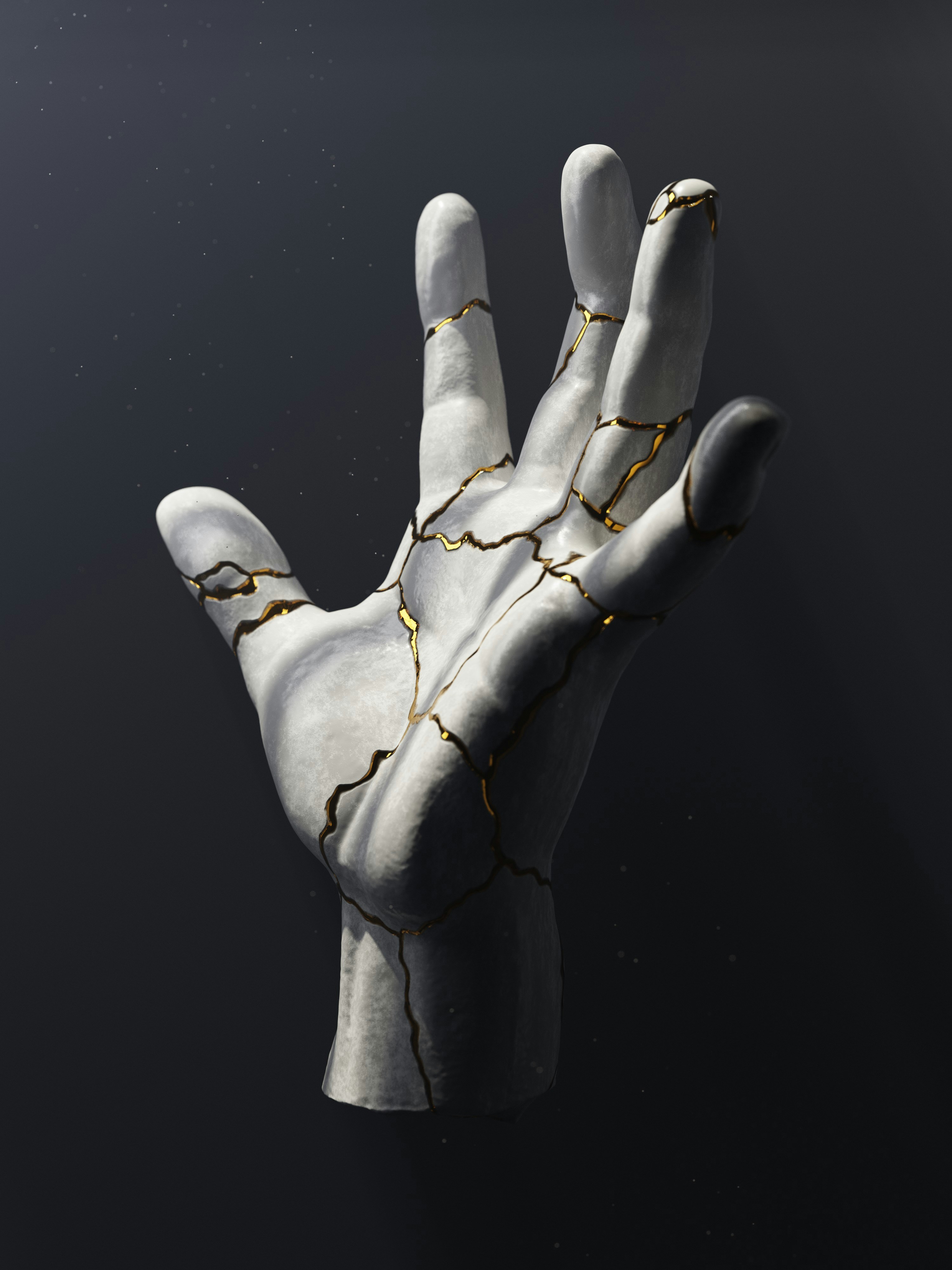When I'm Learning - 20250912
Today is definitely a great adventure. The day filled with classes gave me a rare abundance of time to explore new ideas and concepts. Let me share some of my thoughts.
Vector-Function Duality
In the morning, I looked at and reviewed the draft of previous thoughts. The problem about metric tensor remains unsolved, I talked about it with AI again, and this time I got a new understanding.
The construction of basic concepts of Differential Geometry is all based on the Vector-Function Duality. For the two faces of this duality, there are respective representations.
A vector in tangent space, say , can be represented as a linear combination of basis vectors :
You might ask that, how is the basis formed like this? The answer is hidden in the duality. It means that if we act a vector(a basis vector as a simple case) on a function , then we get , which is just the partial derivative of with respect to coordinate .
So now a vector can be seen as a linear mapping from function space to real numbers . Since it’s a duality, the counterpart of a vector, namely a function, must be able to represent as another vector, called a covector
You may understand the decomposition, but you will ask again, why it is rather than ? That’s a problem that once troubled me. The essence is, we need to forget all the formalism but the duality relationship. Thus we can define as the dual map of a vector
Metric Tensor
Once we understand the vectors, we consider the operations of them, among which a non-trivial one is the Inner Product.
Why is the inner product important? Because the inner product in a manifold can appear different from previous, we need a metric tensor to describe how the inner product structure deviates.
An interesting fact is that the metric tensor is just the Gram Matrix of the basis vectors, namely
and
where is the matrix whose columns are the basis vectors .
A direct result of this is the determinant . This is why the coefficient of volume element is .
Connection
Why we need a Connection? The connections are a set of rules that define how to parallel transport vectors along curves. This is crucial for defining curvature and other geometric properties in a manifold. A parallel transport means .
A common connection is the Levi-Civita Connection, which is the unique torsion-free connection that is compatible with the metric tensor, namely .
An important understanding is that the Connection is equivalent to the Covariant Derivative.
Curvature
When we mention the Curvature, we are considering the nonlocal properties of the manifold. The curvature is highly connected to the Holonomy, which measures the rotation of a vector during parallel transport around a closed loop. It’s intuitive to think of the flat situation, where the curvature is zero, and the vector doesn’t change at all when parallel transported around a closed loop.
The Riemann Curvature is a fundamental object, defined as
The terms here have respective meanings:
- : The second covariant derivative of in the direction of followed by .
- : The second covariant derivative of in the direction of followed by .
- : The dimension-based change of connections, and simultaneously the covariant derivative of in the direction of the Lie bracket .
Where does the holonomy appear? All the terms of the Riemann curvature measures the difference of two quantities, one in the change in the vector during the parallel transport from to , and the other during the parallel transport from to .
Thus the and form a closed loop! What the Riemann curvature measures is just the holonomy along an infinitesimal closed loop!
Since the Riemann curvature is a measure of holonomy, and the holonomy appears like the Curl, we can easily guess that we can construct the sum of the Riemann curvature as the value of global holonomy. This introduces the Non-Abelian Stokes Theorem:
where is the connection 1-form and is the curvature 2-form. This conclusion is also relative to the Wilson Loop, which I don’t know about yet.
Another relevant conclusion is the Gauss-Bonnet Theorem, which relates the total curvature of a surface to its topology:
where is the Gaussian(Sectional) curvature, is the geodesic curvature, and is the Euler characteristic of the surface .
A useful fact is that the Gaussian Curvature is a particular constraction of the Riemann Curvature.
Other useful concepts include the Ricci Curvature and the Scalar Curvature, the former of which is the trace of the Ricci tensor, and the latter is the trace of the Riemann curvature tensor.
In addition, I just learned about the Berry Phase in quantum mechanics, I guess it’s highly related to the holonomy, remaining to be explored.
Lie Structure
When studying the curvature, I saw the Lie Group appears, which reveals another important structure in geometry: the Lie Algebra.
The Lie Group is a group that is also a smooth manifold, with the group operations being smooth maps. The Connection on a manifold is just a mapping from vector fields to Lie Algebras.
The Lie Algebra is the tangent space at the identity element of the Lie group, equipped with a Lie bracket operation.
All the possible holonomies at a point form a Lie subgroup, which is called the Holonomy Group.
Another chew is the reason why the Lie Algebra is non-abelian. Essentially, it originates from the non-commutativity of Consecutive Linear Transformations.
In addition, there is a fact that the composed action can not be expressed as an equivalent single vector action, say , because this violates the Leibniz Rule which states:




